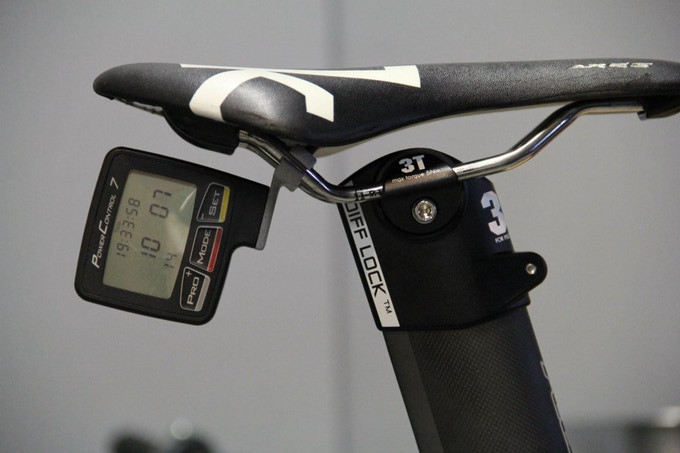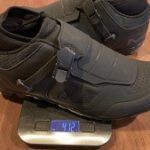In the world of track cycling, you might notice something missing on the sleek bikes speeding around the velodrome: visible cycle computers. If you’re thinking of using your bike computer during a track race, you might get more than just strange looks; you might get asked to remove it! This is due to specific regulations set by the UCI (Union Cycliste Internationale), the governing body for cycling.
The UCI regulations for track races are clear: riders are not allowed to carry any objects that could fall onto the track, and this includes visible electronic devices with displays like speedometers or power meters. These devices must be hidden to prevent riders from reading them during competition.
UCI CYCLING REGULATIONS TRACK RACES
3.2.005 Riders may carry no object on them or on their bicycles that could drop onto the track. They may not bear or use on the track any music player or radio communication system.
In addition, any electronic device with display (for instance speedometer or powermeter) must be hidden to that it cannot be read by the riders.
For training purposes, displaying data from a Bike Cycling Computer is usually acceptable. Many track cyclists, even with power meters like SRM and their associated Powercontrol computers, use the visible display during training sessions. However, when it comes to racing, things change.
Initially, cyclists attempted to comply with the rules by covering the display of their bike computers. This quickly evolved into a stricter interpretation where no devices were permitted on the handlebars at all. Mounting computers on the top tube behind the head tube was also discouraged. This led to creative solutions like under-saddle mounting, allowing for data recording without violating the visibility rule during races.
 SRM power meter computer mounted under saddle for track cycling race data recording
SRM power meter computer mounted under saddle for track cycling race data recording
While GPS is a common feature in many bike cycling computers, it’s not ideal for track cycling. Indoor velodromes render GPS useless, and even on outdoor tracks, GPS accuracy can be problematic, especially when navigating tight curves at high speeds. The GPS plot often cuts corners, misrepresenting the actual distance traveled along the curved path. This inaccuracy arises because GPS calculates speed based on straight-line distance between points, not the actual curved path of the bike.
For precise speed and distance measurements on the track, wheel speed sensors are the preferred choice. They offer superior precision and resolution compared to GPS in this environment. However, it’s important to remember that wheel speed on a velodrome doesn’t directly translate to the rider’s speed. Due to the lean angle and curved track, the wheels travel a slightly larger radius arc than the rider.
While mathematical compensations can be applied to wheel speed data using track geometry knowledge, the best approach depends on the intended use of the data. For instance, aerodynamic testing requires knowing the rider’s velocity relative to the air, as the rider creates the majority of aerodynamic drag, not just the wheels. Understanding these nuances is crucial for accurate data interpretation and performance analysis in track cycling with bike cycling computers.

